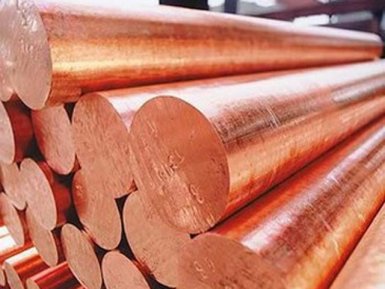Production of tin wire

Are you interested in the production of tin wire from the supplier company AvecGlob? Here you will find the necessary information on this topic.
General information
Wire made of tin and its alloys is used mainly as a material for soldering. Tin solders are low-melting alloys, sold to the consumer on reels.
A soft soldering wire containing lead is made up of combinations of tin, lead, silver, cadmium and copper. The most common combinations of tin and lead in the ratio of 60% tin / 40% lead; 63% tin / 37% lead; and 50 percent tin / 50 percent. These solders are melted in the range from 360 to 420 0 C degrees, and the higher the percentage of lead, the higher the melting point.
Lead-free solder wire consists of various combinations of tin, copper, silver and antimony. Wire made of pure tin has the highest melting point (up to 450 0 C).
Application
Lead-free solder wire includes grades with a «pure» flux, and is used primarily in electronics. No pure flux leaves traces of foreign particles after soldering. To use stainless steel, a tin soldering wire with an acid core is produced.
Supplier — AvekGlob Company — offers various types of products from tin of domestic and foreign production, which meets the requirements of standards. The products are offered at affordable prices from the manufacturer. The supplier guarantees the timely delivery of products to any address specified by the consumer.
Production technology
Tin wire is obtained by multiple drawing. The process of drawing begins with the preparation of the surface of the initial workpiece. In the process of drawing, the tin wire is pulled through spinnerets made of tool steel with an abundant supply of lubricant. As the diameter of the wire decreases, the drawing speed is reduced, but to a certain level, otherwise tin can be adhered to the working surface of the spinnerets. As the wire passes through each die, it decreases by 10−20% in cross-section and simultaneously becomes longer in the same proportion.
The dies of the first drawing transitions produce more intensive deformation than subsequent ones. In view of the very high plasticity of tin, it is possible to draw in batches when several wires of the same cross section are produced simultaneously. Annealing of the final product is not required, unless the opposite has been established by the customer.
Supplier — AvekGlob Company — offers to purchase tin in a wide range of profiles and technological applications. Products can be bought at a price formed on the basis of European and world standards. Implementation is possible in bulk and retail, for regular customers, a flexible system of discounts operates.


